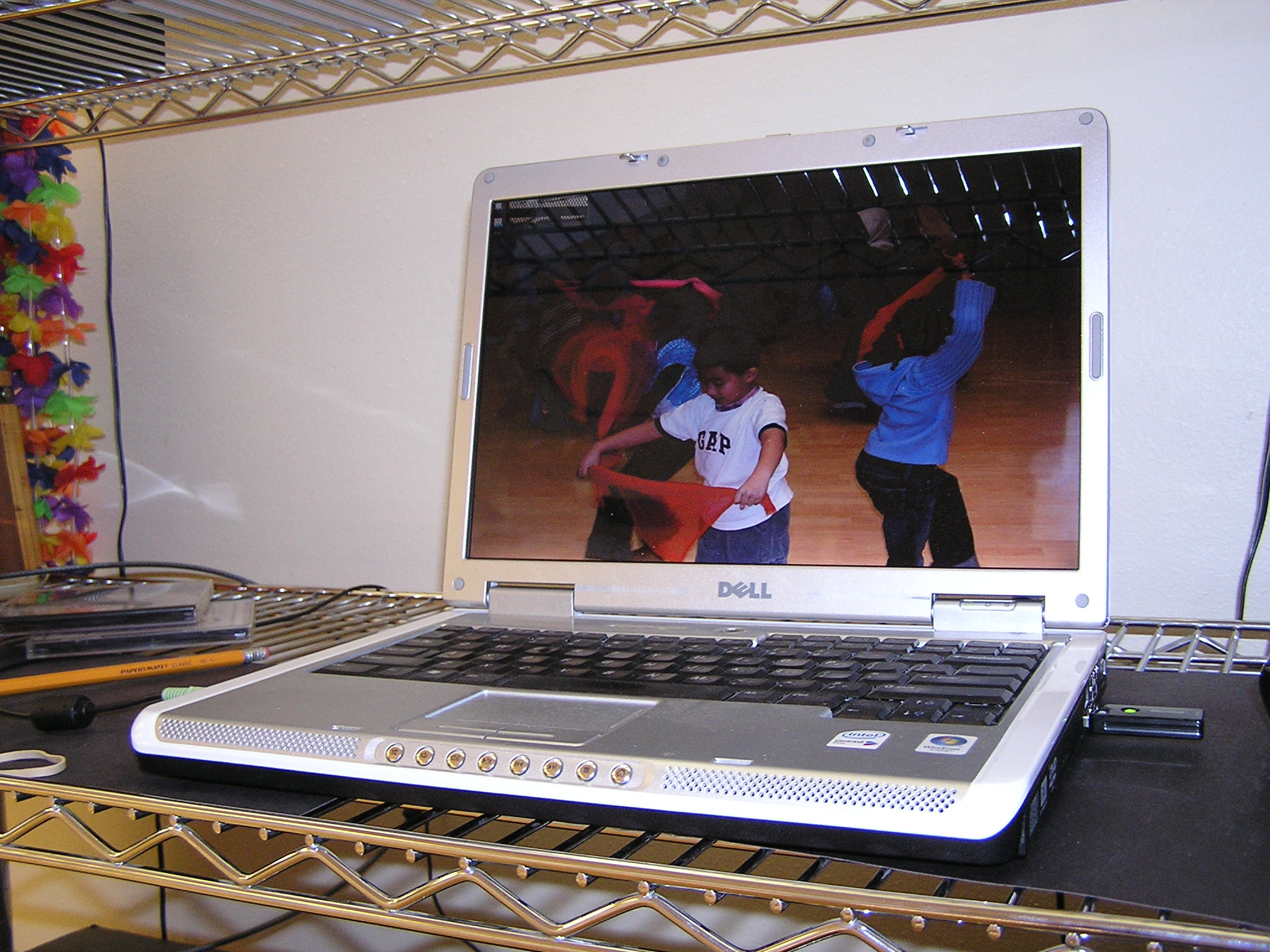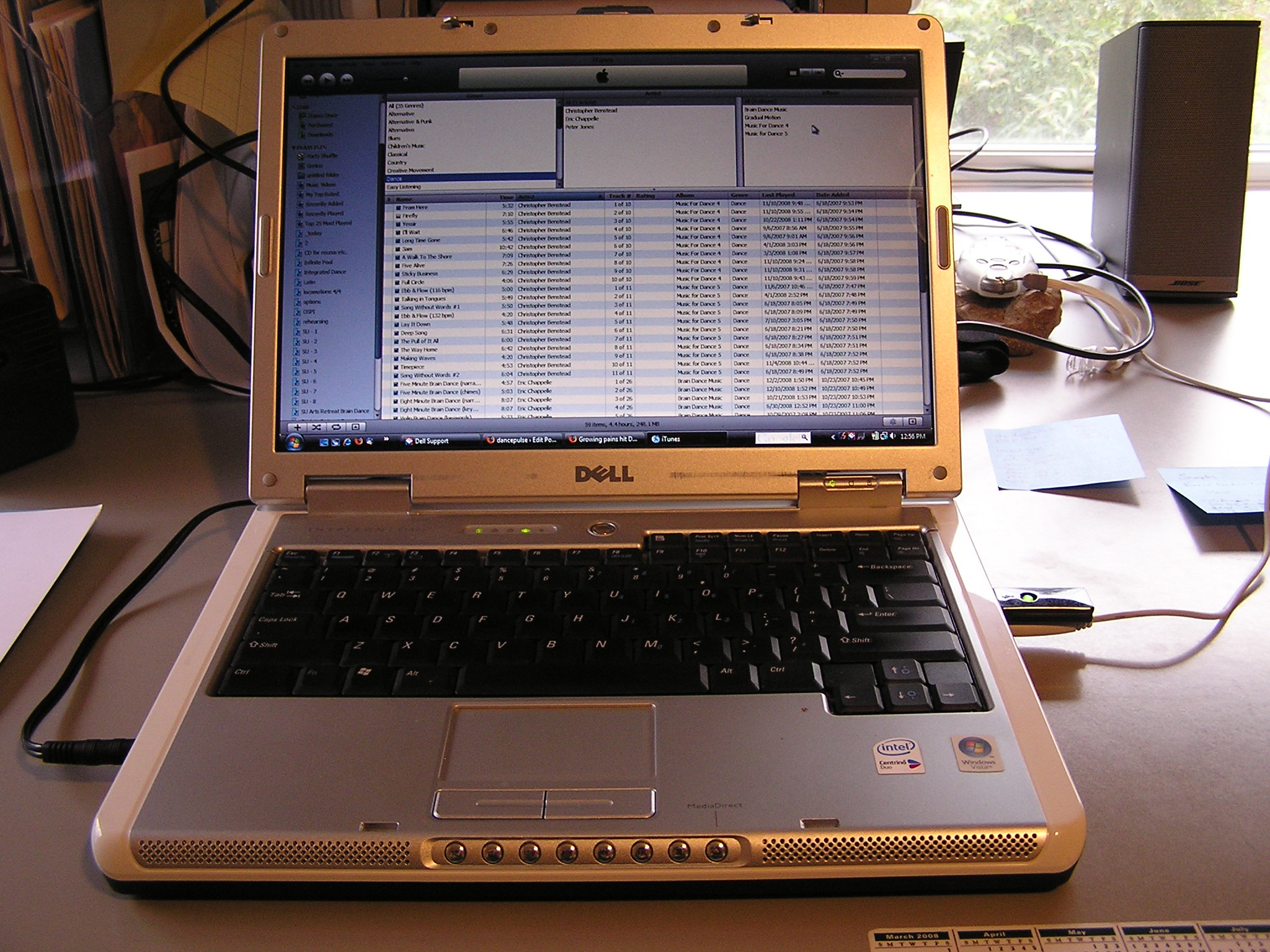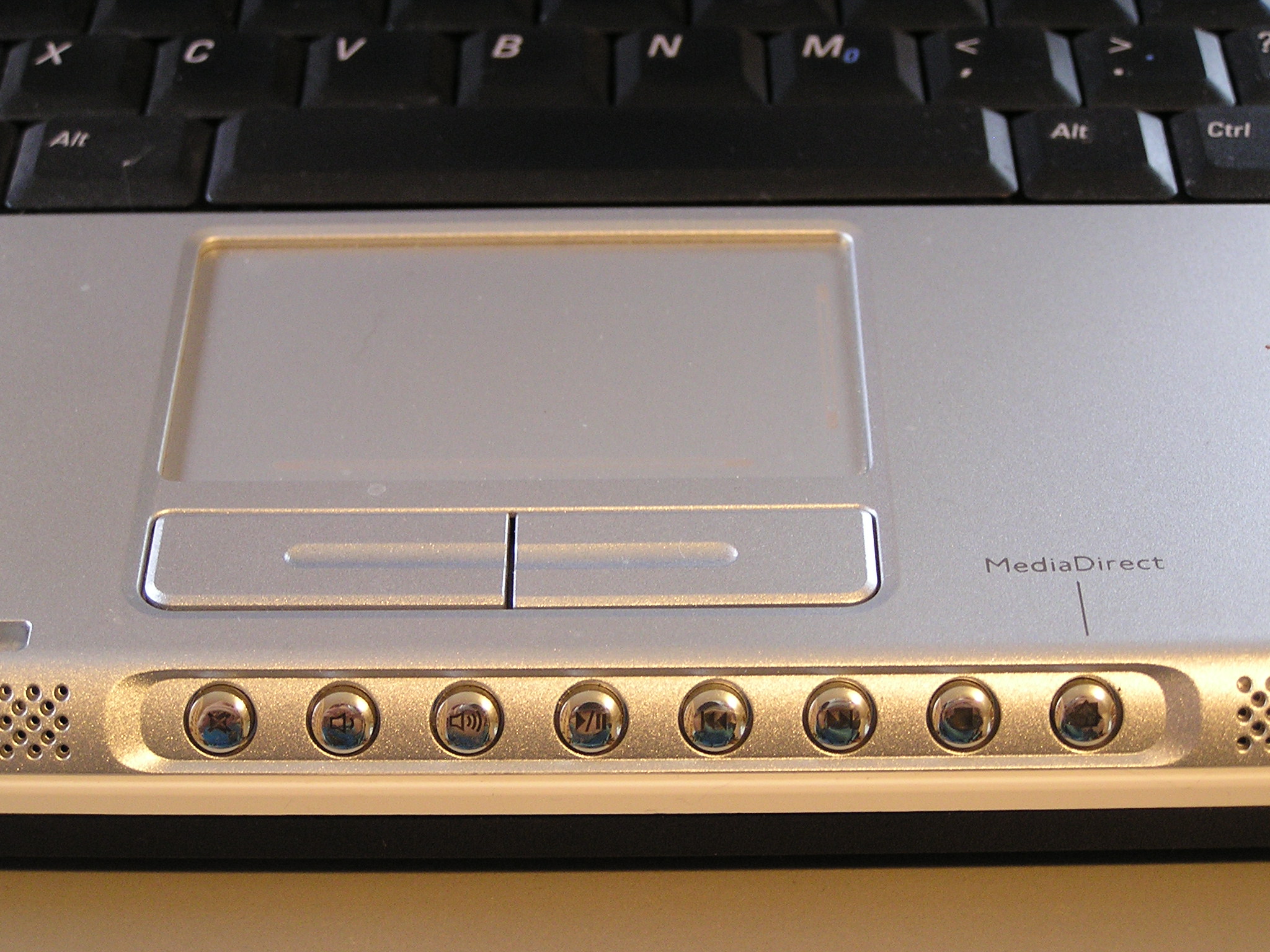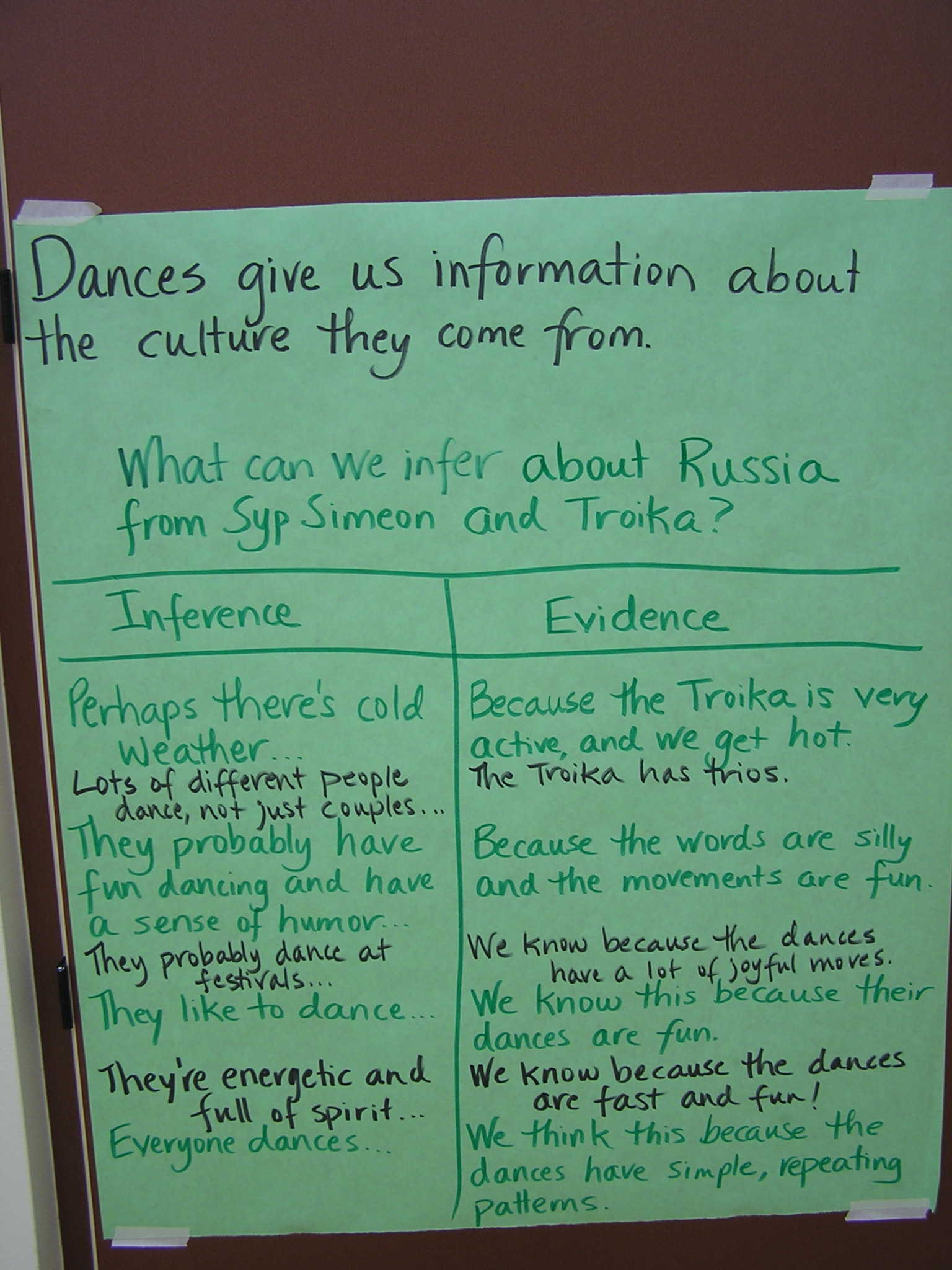My list of reflect-and-blog-about topics is growing, even as I reflect and blog not at all. Spare time and energy has been spent in conversations with India about my computer.
The short story:
1. I moved to a laptop & iTunes sound system two years ago and love it.
2. Don’t buy a Dell computer!
The longer version:
1. For years I used CDs. When a CD player dies, there are difficult moments in the midst of class, struggling with a CD that won’t seat, or buttons that don’t search and play. More recently, my CDs began to wear out — more difficult moments of unexpected skips and stops in the midst of a dance.
I made the change to a laptop and loaded every CD into one place. I love the big screen (which provides a bigger perspective than an iPod). It’s great having all my music in one place. There’s never the problem of a forgotten or misplaced CD, and the originals stay fresh. For finding individual cuts, searching with a mouse is much quicker than opening and closing jewel cases. And the playlists are fantastic. At 6 classes a day, I don’t have time to make a playlist for each class or day, but I do have playlists for “locomotor,” “meditative,” “Latin,” “3/4 time,” and certain workshops I do regularly. The laptop is a fantastic tool, and I’ll never go back willingly.

The kids' attention goes straight to the screen saver of their dancing selves.
2. But I’m planning for a new one, and it won’t be a Dell. I chose a Dell Inspiron E1405 (April 2007), drawn by the easy-to-access sound controls on the front, which gave the impression that the computer was made for music. Wrong. There seems to be a defect in the output jack, making the connection to external speakers (necessary for dance classes) fail either intermittently or permanently.

A menu of music for dancing

The sound controls are deceptive -- it's not really made for sound!
Which shouldn’t be a problem because I bought the 3-year Complete Care contract. It worked beautifully once, when the output jack failed the first time (last May) — Dell tech support came to my school within a few days and replaced the mother board. Everything was copacetic until the problem recurred 6 months later (November 2008).
This time around, Dell’s approach to customer service seems to have had an overhaul, with their apparent mission being to obfuscate, delay, and inconvenience the customer. I’ve had late night and early morning phone conversations with Akhil, Amin, and Nagondra, who have remotely accessed and mucked around in my computer several times. Then, “Chris” emailed that he was taking ownership of my problem, and we emailed back and forth for several days until he quit responding due to weekoffs. At the company’s insistence that it might be a software problem rather than a hardware problem, “Raoul” talked me through taking my computer back to factory settings, a maneuver that took me several hours to prepare for and more to recover from. Now I’m trading emails and phone messages with “Ronnie,” who’s taken ownership of my problem. We have an appointment to talk on Monday, after his weekoffs. Because, even back on factory settings, the problem is still there. Hello….. wasn’t it the mother board the last time?
I actually don’t object to having conversations with India — I shared my excitement with “Raoul” about Inauguration Day last week, and he agreed that they were feeling hopeful too. But a technician thousands of miles away (or even hundreds) can’t do hands-on repair. Of course, as I wait for my conversations with India, Dell provides a helpful taped message assuring me that I can receive care from one of their best technicians in North America, in under 2 minutes… for an additional fee.
The other day, I googled Dell customer service and discovered that there is plenty of evidence that I’m not alone in my frustrations. So…
I’ll move on. Use my computer as is for now. Maintain my gnat-like irritation of the Dell elephant, without expectations of success. Plan for a new computer. And return to things I like to do.

 Examples of inferences:
Examples of inferences: